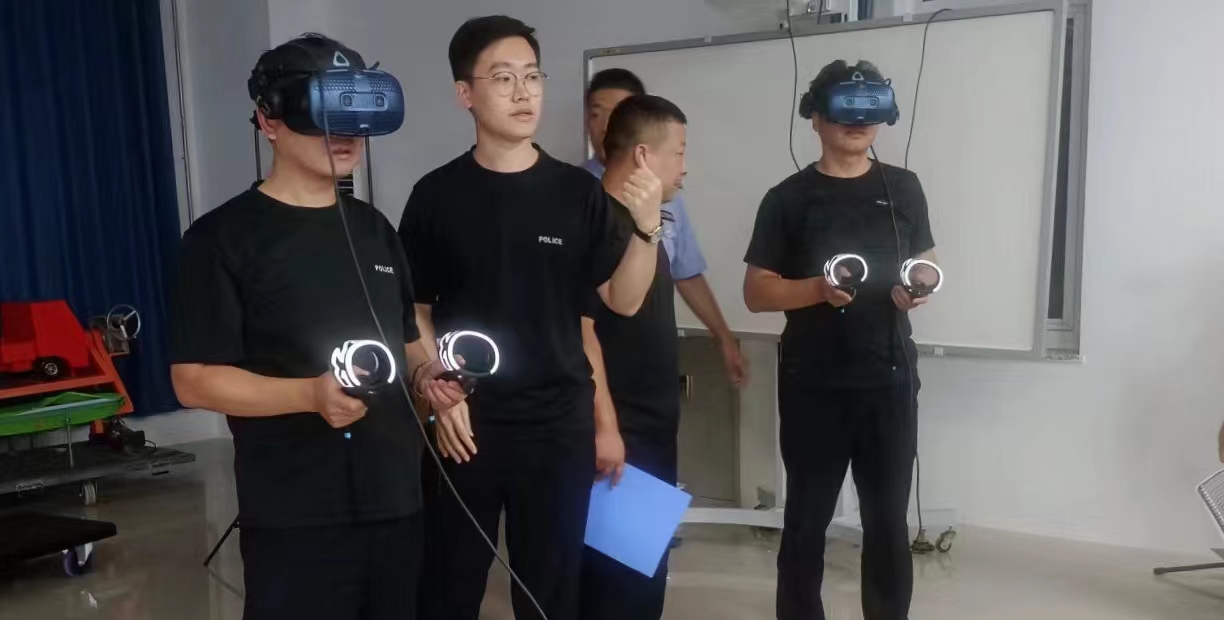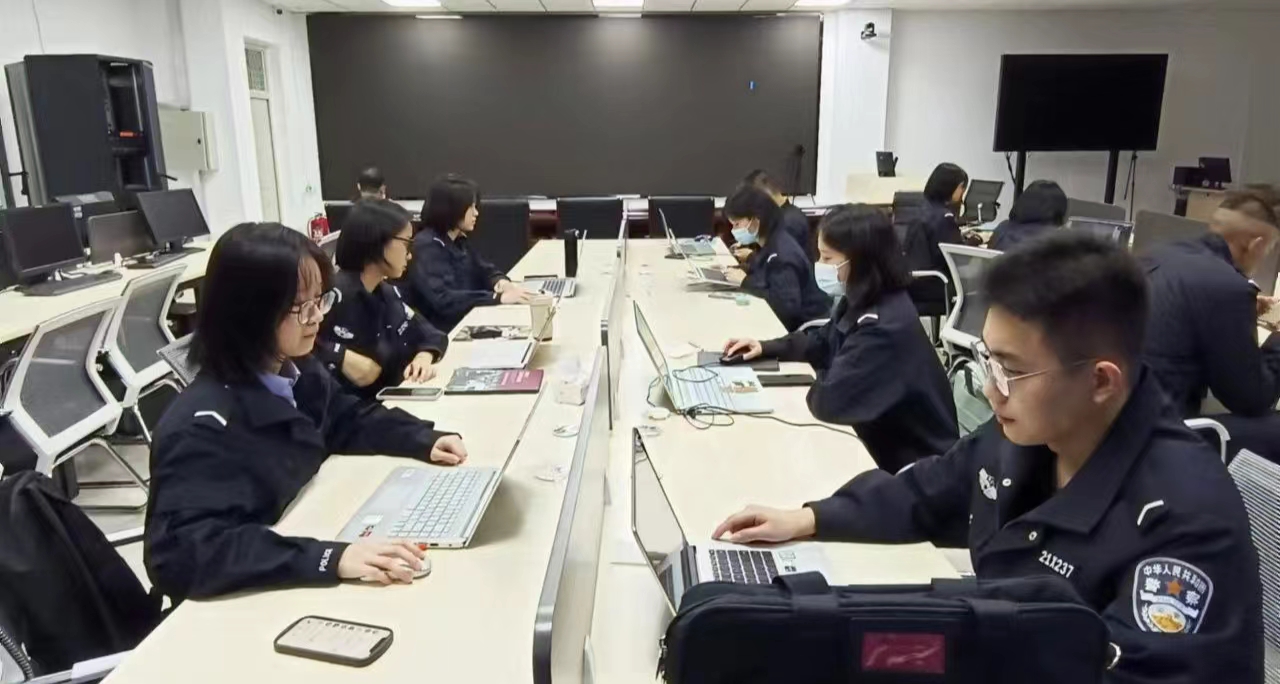The authors are grateful to Dr. Lei Hou for his guidance, com
ments,and suggestions on this research. This research was undertaken
with the benefifit of a grant from Ministry of Science and Technology of
the People's Republic of China, The Thirteenth Five-Year National Key
Brief summary of achievement and challenge in VR/AR-CS.
VR/AR-CS Achievement Challenge
Technology characteristics
Virtual reality:from least to full immersive VR
Lack of Information Requirements for VR/AR-CS; Lack of Customized
hardware and software for VR/AR-CS; Poor connectivity and
interoperability between VR/AR systems and other ICT tools
Augmented reality:from tangible and collaborative AR to distributed AR
Hazard identifification:modeling and visualization of collaborative VR
environments for hazard identifification with performance assessment
Lack of detailed investigation on the immediate reaction and response of
workers when safety incidents happen and lack of evaluation on difffferent
safety cultures in using VR/AR systems for the risk identifification
Safety training and education:experience-based training with higher
level of cognition and fewer hazards by Offff-the-job VR and on-the-job
The needs for the hybrid training pedagogy that combines on-the-job
training with offff-the-job training.
Safety inspection and instruction:integrating other ICT tools with VR/AR
to provide well-interpreted information to catch and monitor the
difffference between unsafe site condition and the standard safety
The needs of a standard for combining VR/AR with other ICT tools on
display and information retrieval of construction safety
Working environment:a multi-users, multi-views and the collaborative
Lack of multi-role for achieving a complete project-level human
computer interaction environment
Worker behavior:balance-control training
The needs of diversity unsafe/hazardous behavior training
Working sequence:intuitive tools to implement correct work procedures Lack of a real-time safety work package to give more detail task-based
High-risk equipment operation:integration of computer simulator with
immersive VR environment to reduce experiential difffferences between
virtual simulations and real operations
The limitations of generating kinesthetic vision and the dizziness effffect
caused by the stereoscopic glasses always affffect the actual performance
in the process of high-risk equipment operation.
Subjective method:user interviewer and questionnaire, userfifield
workload, expert appraisal, user sensory and emotions
The needs of conducting mass human experiments covering difffferent
personal and cultural backgrounds for obtaining the accurate human
Objective method:safety improvement, performance time, number of
errors and misjudgment, inter-beat intervals
The needs of automatic evaluation process and method
Automation in Construction 86 (2018) 150–162
160Research & Development Projects (Project No. 2016YFC0702005-04,
轉載自journal homepage:www.elsevier.com/locate/autcon


